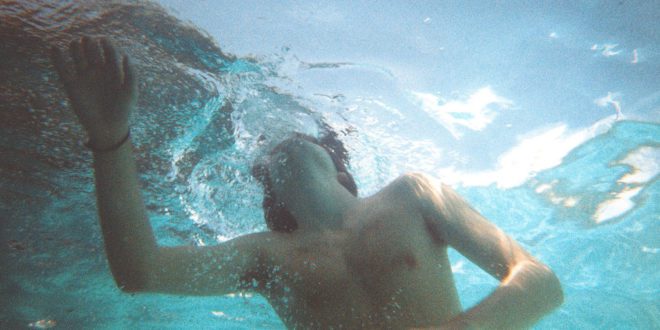With the upcoming Memorial Day weekend, some people already made plans to make the holiday fun and worthwhile. While some people would stay home, others would plan on going to the beach or hang out in a local swimming pool with their families or friends. The American Red Cross gave out tips for safety in the summer. These tips make the summer not only enjoyable but also safe for everyone.
Drowning is a panicked experience. It also tends to be a silent act. Drowning victims do not thrash around to save their energy for shouting for help. If water comes in contact with the vocal cords, they could go into spasm and prevent the victim from screaming for help.
In 2016, over 300 million Americans went to the beach. The United States Lifesaving Association (USLA) tallied 153 unguarded and 25 guarded drowning fatalities. On the other hand, 344,100 people received medical assistance. The organization also estimated that a person would drown while on a beach protected by USLA-affiliated lifeguards at 1 in 18 million.
Beach safety also comes with keeping children within arms reach and within sight of their parents or guardians. Drowning is the fifth top cause of unintentional injury fatalities. From 2005-2014, an average of 3,536 died due to accidental drowning. Meanwhile, in Australia, 1 in 5 of all drowning deaths happen in children aged 18 and below. 91 percent of children aged 0-4 fell or wandered into the water, and 43 percent of those aged 10 to 14 drowned in rivers. Meanwhile, in the US, about ten people die from unintentional drowning every day.
One reason for drowning incidents is the lack of swimming ability. A study led by Martin Andersson said that 95 percent of the respondents think that knowing how to swim is essential. In Denmark, 79 percent of their adult population perceived themselves as good swimmers, but 34 percent could not be considered such. The study also revealed that males are more familiar with the water than females. Other factors such as income, level of education, and the amount of swimming training received in school were correlated with being deemed a good swimmer. The Red Cross also advises taking age-appropriate swimming lessons and having children and inexperienced swimmers wear life jackets approved by the U.S. Coast Guard.
Lack of barriers around swimming pools also causes drowning especially among children. Children aged 5 and below mostly drown in swimming pools. Pool fencing prevents children from accessing the pool area without a companion. A four-sided isolation fence reduces the risk of a child drowning by 83 percent. The Red Cross recommends having pool fences with self-closing and self-latching gates.
Swimmers should also stay sober while in the beach or swimming pool. Nearly 83 percent of males are more prone to drinking before swimming. Around 40 percent of adults who drowned after drinking had a blood alcohol reading of more than 0.20, which is four times the legal limit.
The American Red Cross also promoted the Swim App which supports water safety education and provides tips for parents and caregivers for learning how to swim. The app is available in app stores and on the Red Cross website.

